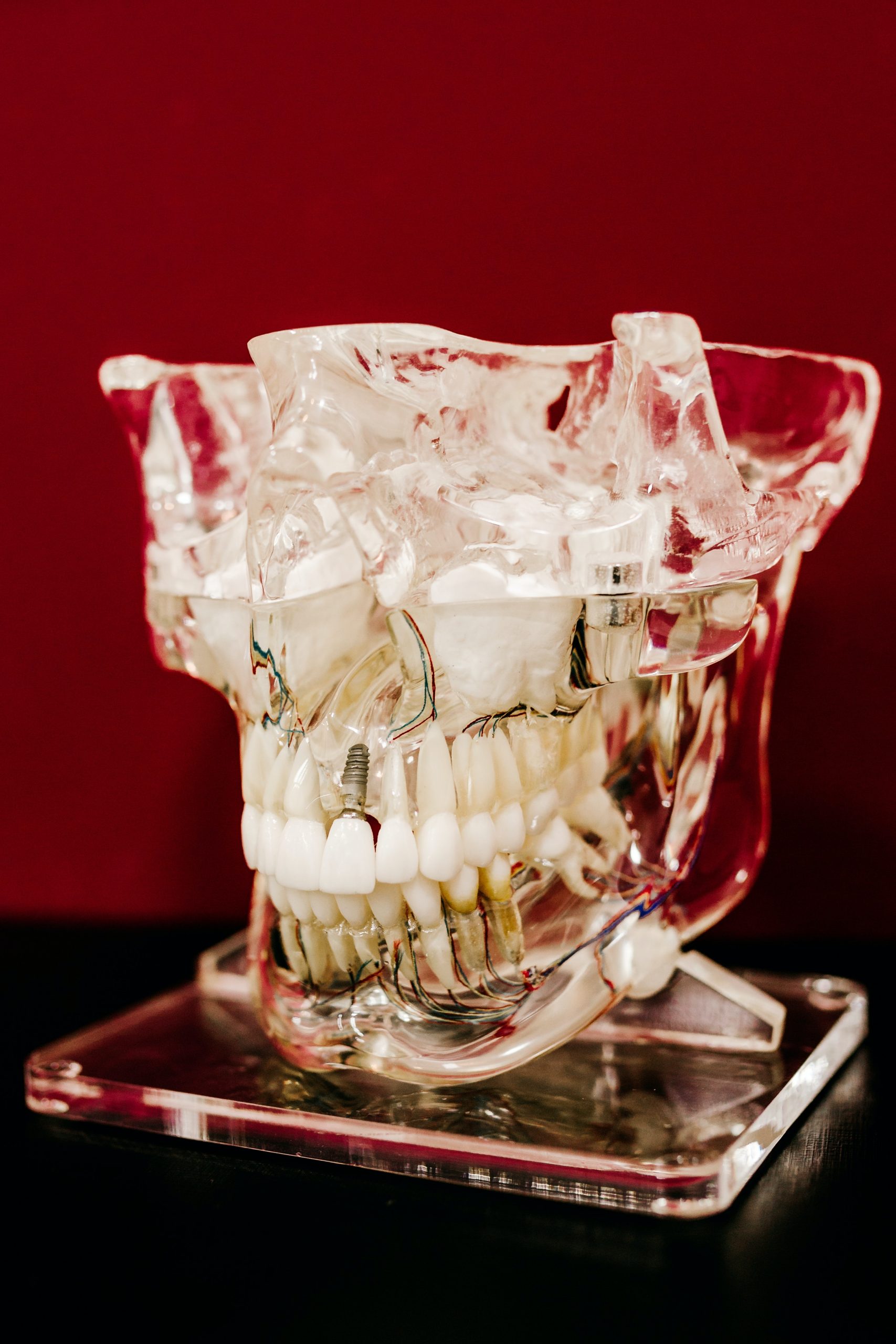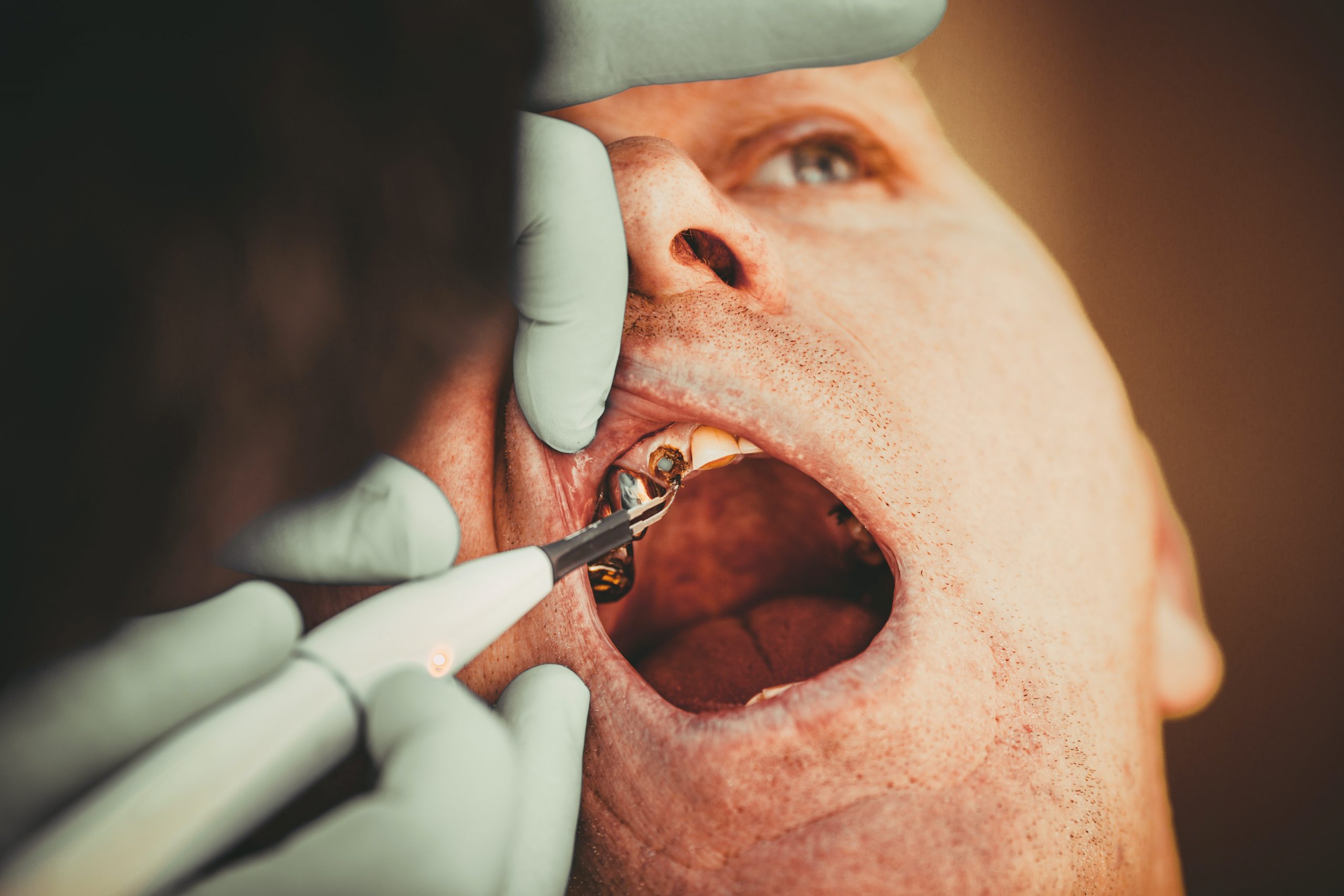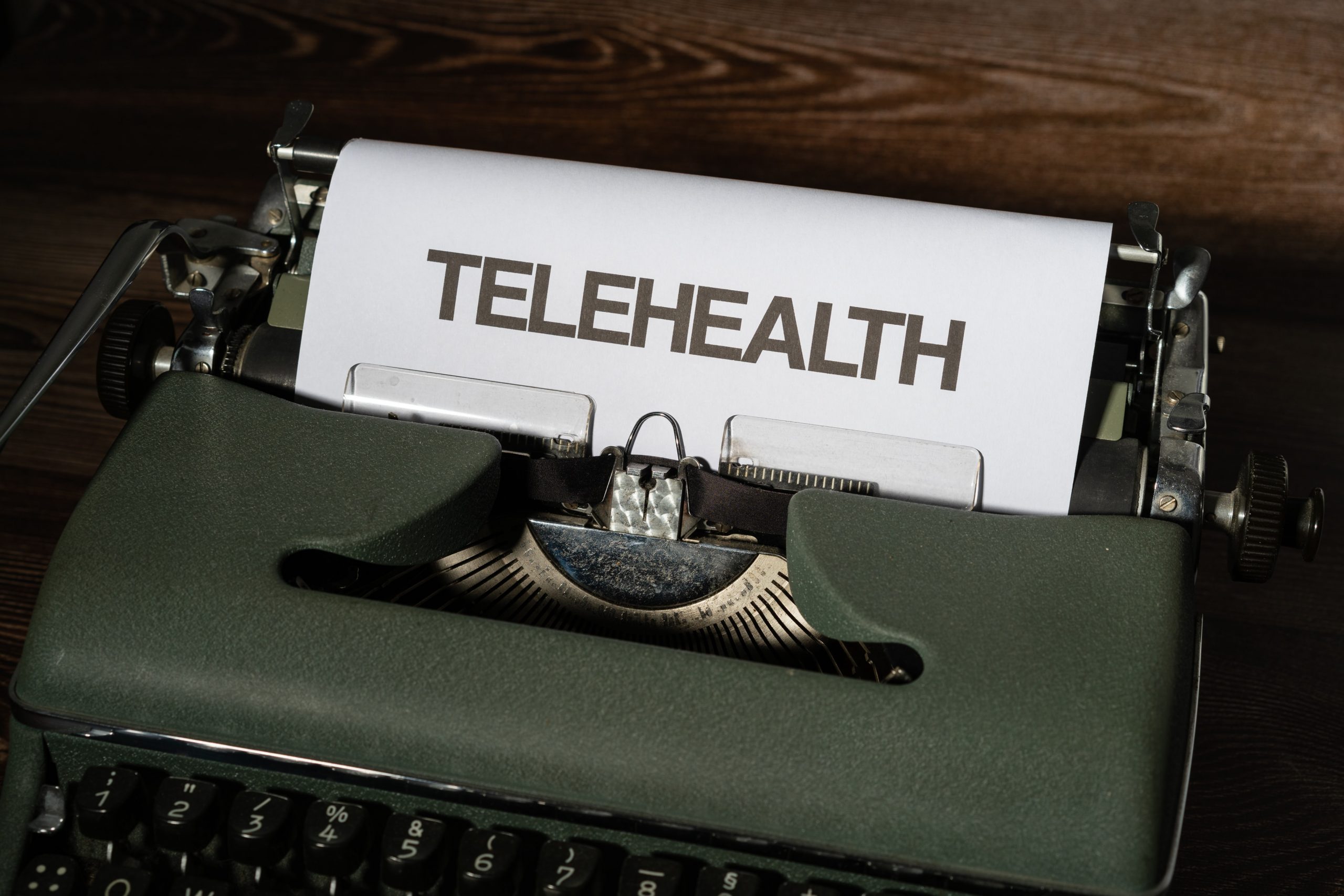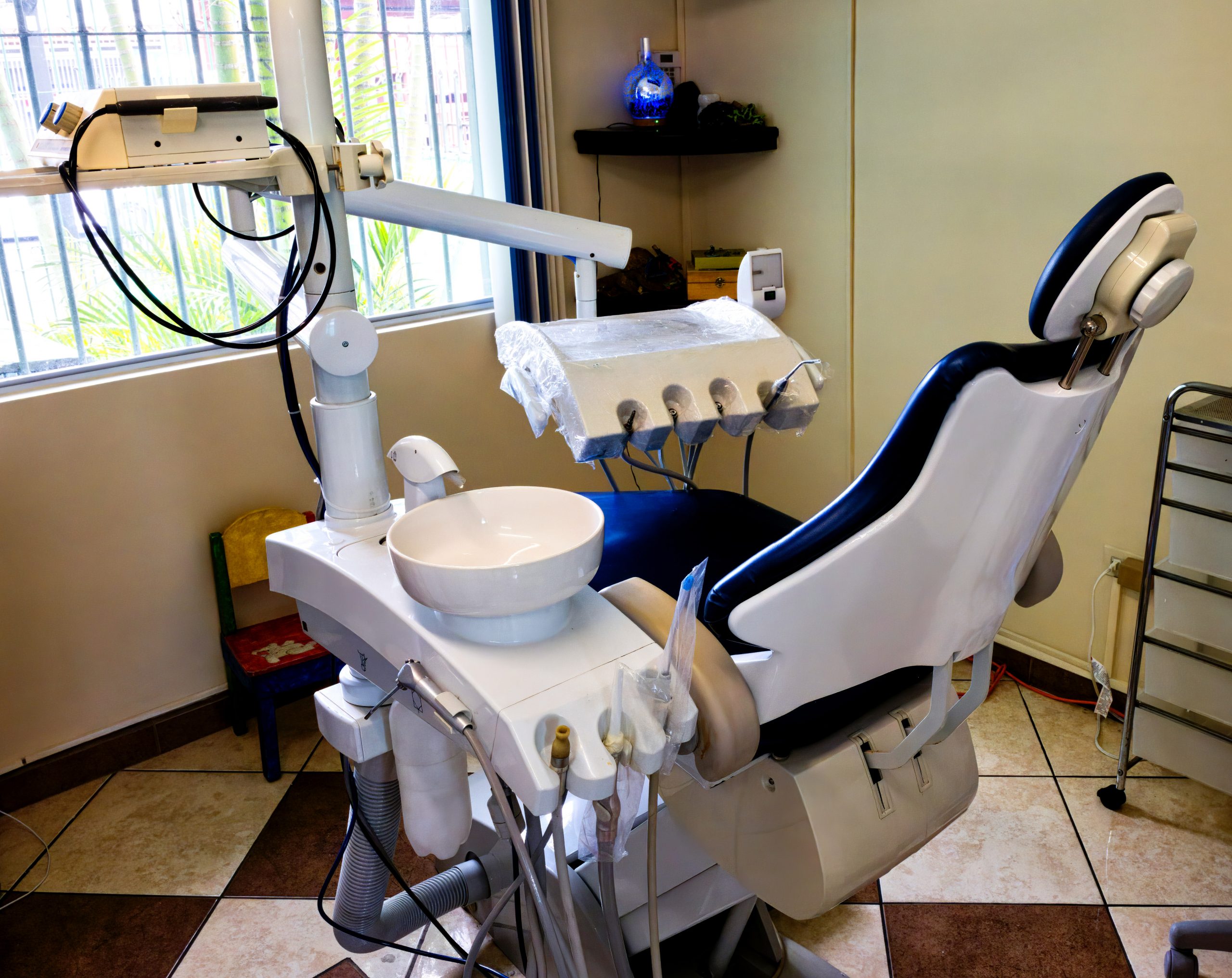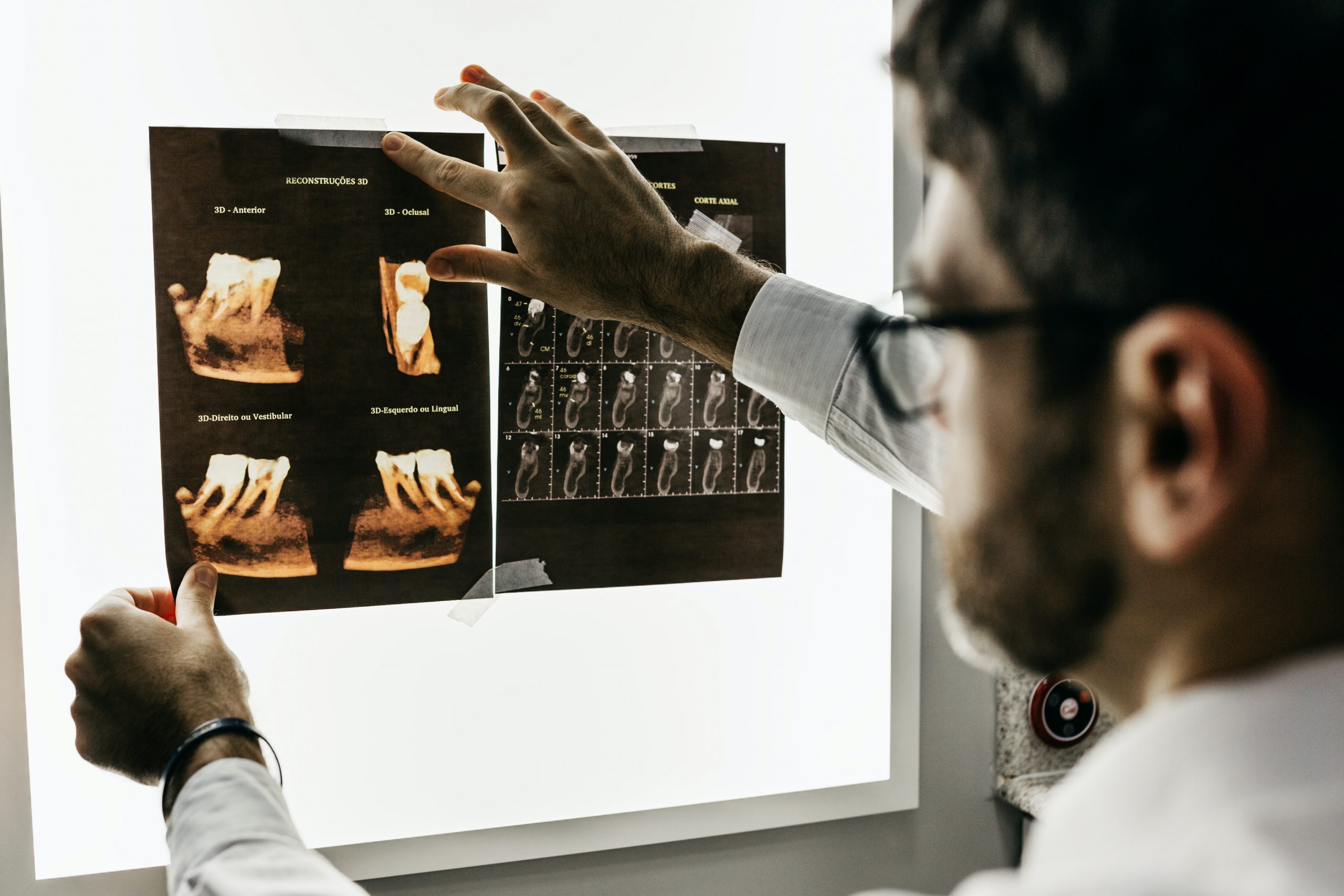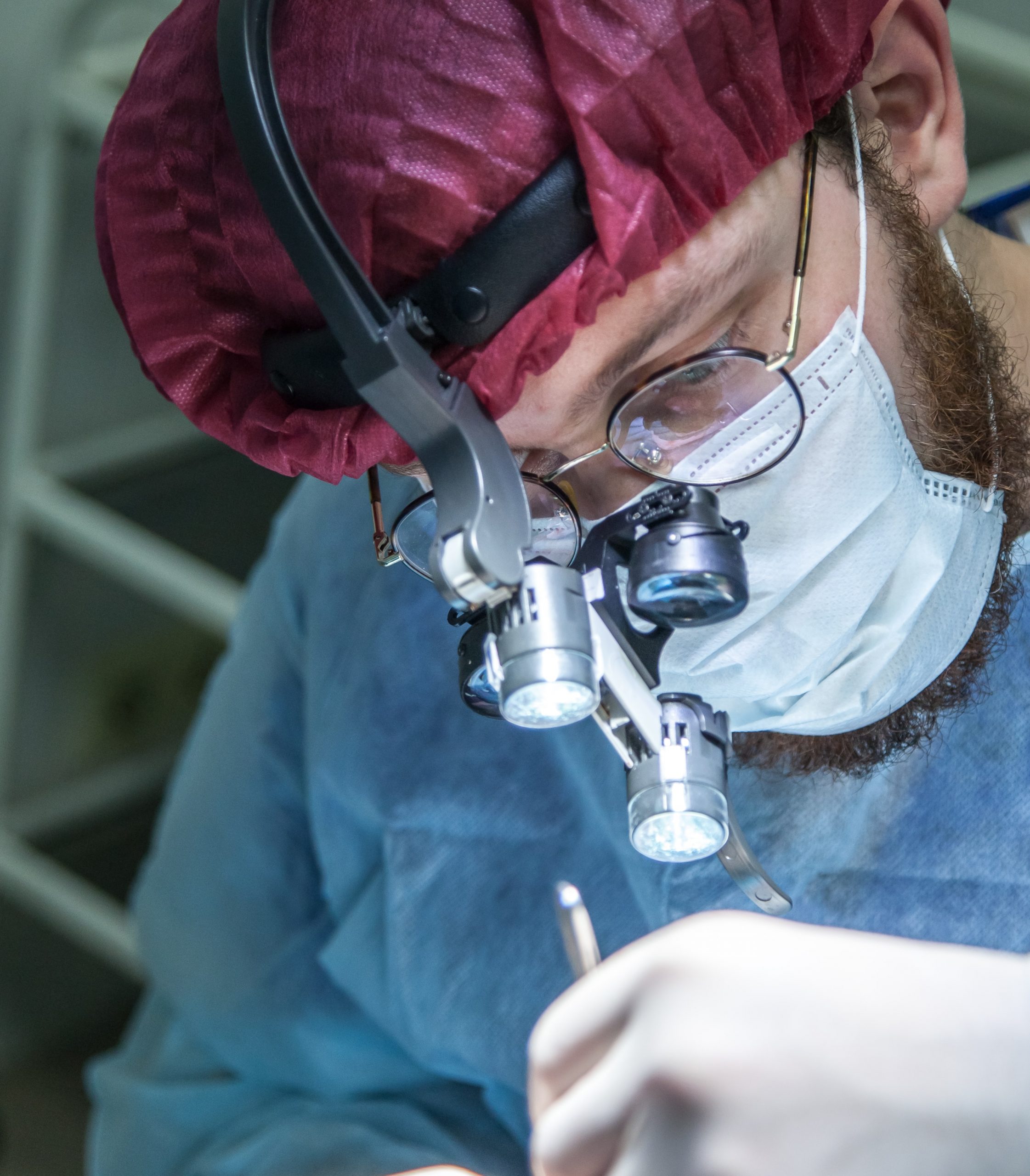
Lasers in Dentistry
Lasers have revolutionized the field of dentistry with their precise and non-invasive applications. Lasers are used in dentistry for various purposes, including cutting, shaping, and removing tissue, reducing pain and healing time, and treating various dental conditions. In this report, we will discuss the applications of lasers in dentistry.
Soft Tissue Applications
Lasers are widely used in soft tissue applications, including gingival contouring, crown lengthening, frenectomy, and biopsies. Lasers offer several advantages over traditional methods, such as reduced bleeding, swelling, and pain, as well as faster healing times.
Hard Tissue Applications
Lasers are also used in hard tissue applications, such as cavity preparation, caries removal, and root canal treatment. Lasers are particularly useful in these procedures as they offer greater precision and accuracy, and reduce the need for anesthetic injections, making them an attractive option for patients who are anxious about dental procedures.
Teeth Whitening
Laser teeth whitening is an increasingly popular cosmetic dental procedure. This procedure involves applying a whitening gel to the teeth and then using a laser to activate the gel, which removes stains and discoloration from the teeth.
Treatment of Gum Disease
Lasers can also be used in the treatment of gum disease, also known as periodontitis. Laser treatment for gum disease involves using a laser to remove infected tissue and bacteria from the gum pockets, which can help to reduce inflammation and promote healing.
Conclusion
Lasers have become an essential tool in modern dentistry, offering several benefits over traditional methods. They are particularly useful for soft and hard tissue procedures, teeth whitening, and gum disease treatment. As the technology continues to develop, it is likely that lasers will become even more prevalent in dentistry, further improving patient outcomes and overall oral health.

